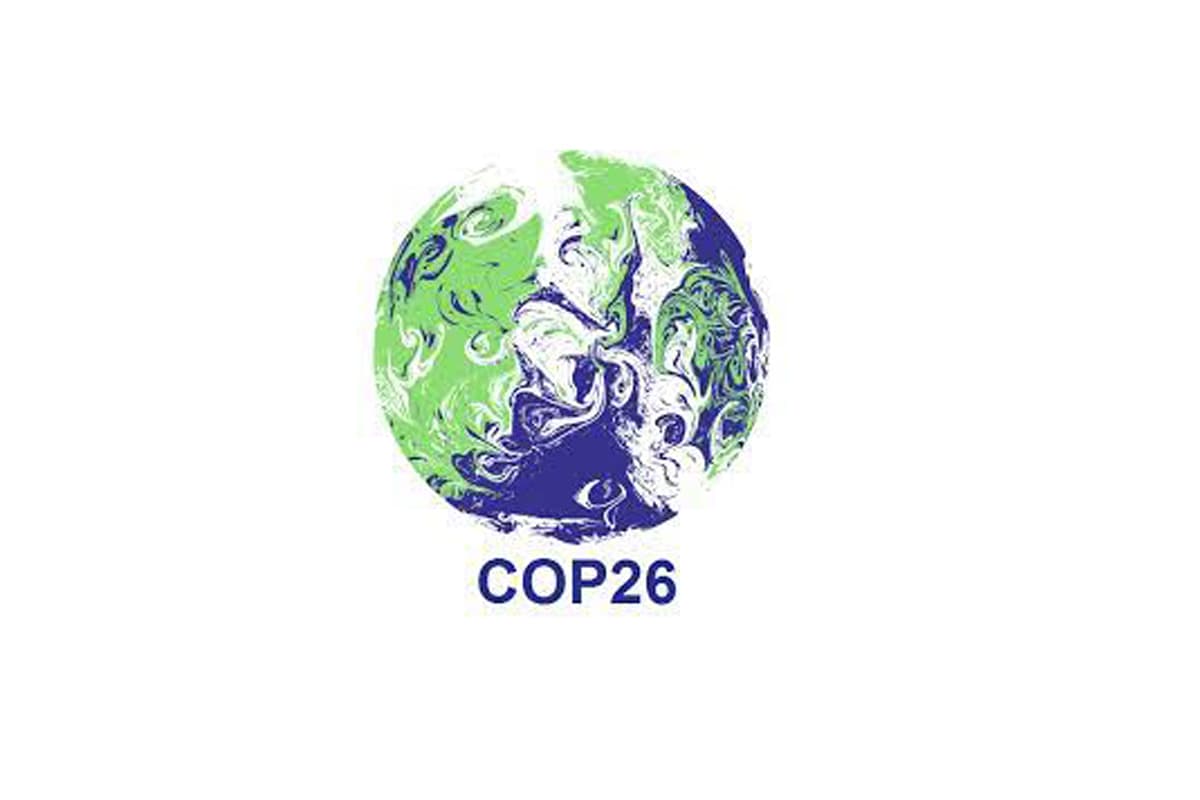
This article first appeared in The Edge Malaysia Weekly on October 11, 2021 - October 17, 2021
THERE is a lot riding on the upcoming 26th United Nations (UN) Climate Change Conference, better known as COP26, as nations around the world will be relied on to commit to tougher targets to help limit the rise in global temperatures to 1.5°C.
After a year’s delay because of the Covid-19 pandemic, the event — hosted by the UK — will be held in Glasgow, Scotland, from Oct 31 to Nov 12.
COP26 is widely seen as “the world’s last chance” to get onto the net zero emissions trajectory by 2030 and keep temperature rises below 1.5°C, in line with the Paris Agreement, according to HSBC Global Research.
“The task has been made more urgent by increased scientific evidence of human-induced climate change and the large number of record-breaking extreme weather events recently. The challenges are huge, given the scale of the task, the backdrop of the pandemic and geopolitical tensions. The UK, as host, will be anxious for delegates to attend in person, as virtual climate talks in May made little progress,” it says in a recent report on COP26.
A new scientific report by the UN’s climate panel in August showed that a global warming increase of 1.5°C above pre-industrial levels — a threshold that global leaders had pledged not to exceed this century after the Paris Agreement in 2015 — could be reached in the 2030s unless immediate and drastic action is taken to reduce greenhouse gas emissions.
At COP26, Asean countries will be looking for support — technical, capacity building and finance — to put them in a position to raise their own climate ambition and make their economies more resilient to the impact of climate change, HSBC’s global head of ESG (environmental, social and governance) research, Wai-Shin Chan, tells The Edge.
Asked if all Asean countries would be participating at COP26, he says: “They will participate but it is unclear at what level — delegates will go but it is unclear if each head of state will participate. However, there are many reasons for this, including Covid-19.”
The central priority and issue for developing countries at COP26 will be the question of climate financing, says Isabella Suarez, an analyst at the Centre for Research on Energy and Clean Air (CREA).
“In 2009, the developed world pledged to mobilise the US$100 billion per year by 2020 [through to 2025] to help developing countries address the climate crisis but the actual financing streams do not come close to that. So, countries like Malaysia are calling for a new collective goal on finance based on the actual needs of developing countries, with the US$100 billion as the floor amount,” she tells The Edge.
On the likelihood of such financing coming through for developing countries, HSBC’s Chan says: “The US$100 billion can be met on paper — the question is whether it is new and additional, as well as given to projects that matter to the recipient country.”
The issue of finance, a key part of all climate negotiations, will definitely be a sticking point at the conference, he notes.
“The issue of finance is complicated because some parties feel they cannot commit to future promises (that is, greater emissions reductions after 2020) if other parties have not kept historical promises (that is, on 2020 emission reductions and finance). It is worth noting that the UN climate process has never even agreed on a common definition for climate finance, which means there is a lot of wriggle room for both providers and receivers,” Chan points out in the report.
CREA’s Suarez notes there has been a wave of pre-COP commitments by the US, Europe and China to support a zero-carbon transition in the developing world, and COP26 would be the opportunity to parse through what these would look like in practice and design.
“It’s vital that Asean countries, along with other developing countries, put up a united and inclusive front to ensure that commitments to support the zero-carbon transition in growing sectors and improve climate resilience are delivered,” she says.
“Countries’ NDCs (nationally determined contributions) and long-term strategies, which are due before the end of the year, also signal to the rest of the world how seriously they’ll be taking the climate crisis at home. Aside from collaboration with the rest of the world, COP26 is an opportunity for Asean member states to discuss better regional collaboration and ambition around mitigation and adaptation efforts.”
She says it is imperative that Asean countries take part in the conference.
“With six of the 20 most vulnerable nations being part of the Asean countries, climate change is already disproportionately affecting these countries and its most vulnerable communities. It is also posing increased economic risks on the region, and new climate strategies and targets presented at COP26 should be designed to ensure a green and just recovery from the Covid-19 crisis,” she says. The six countries she is referring to are Indonesia, Thailand, Myanmar, Malaysia, Vietnam and the Philippines.
As it stands, major emitting and polluting sectors like power and transport are still expected to grow in the region. “There are indicators that the region is already moving away from coal, but there’s a looming threat of gas that will be particularly relevant, as developed countries have been dealing with a gas crisis since July, and, now, China and India are dealing with a crisis from overdependence on coal. These should be major red flags for Asean countries that are doubling down on renewable energy, and the infrastructure needed to support it is the better strategy,” Suarez says.
Save by subscribing to us for your print and/or digital copy.
P/S: The Edge is also available on Apple's AppStore and Androids' Google Play.